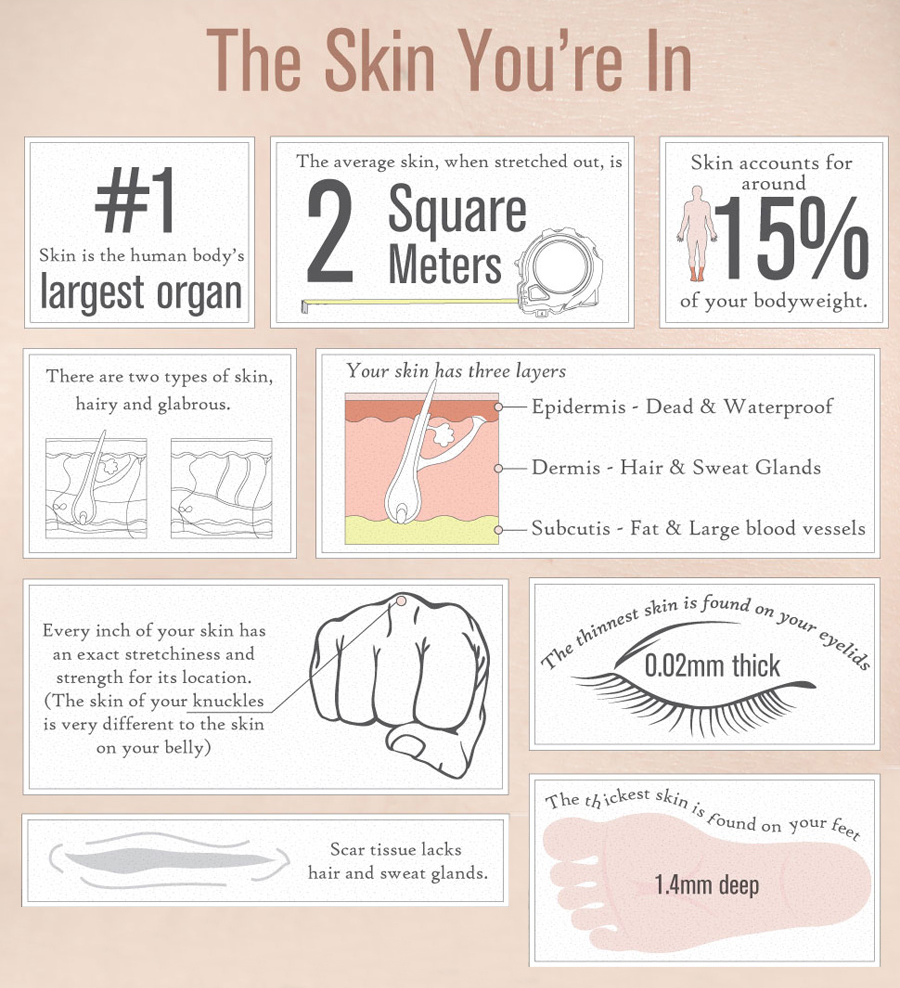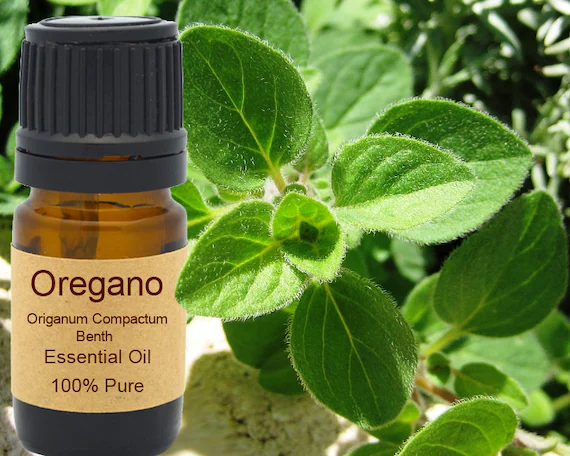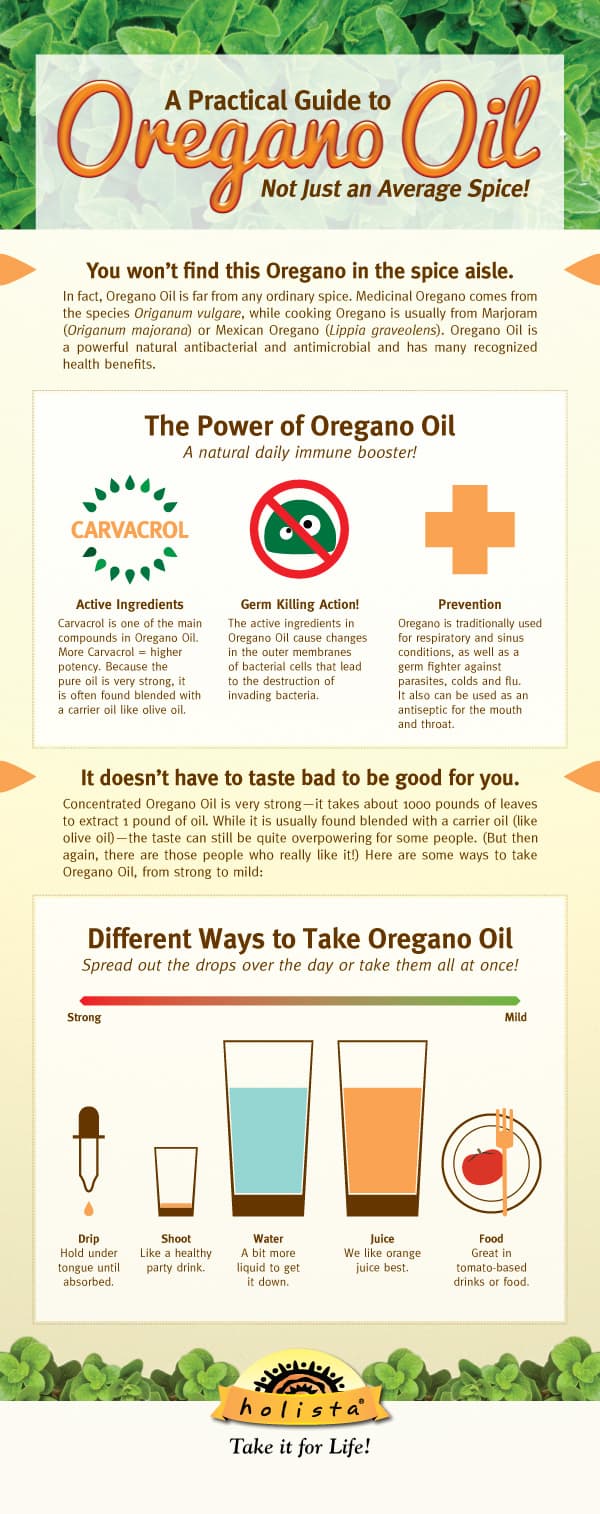
The skin is the largest organ of the body and provides a dynamic barrier against toxic chemicals, physical injury, and infectious microorganisms.1,2 The main cells of the skin layer/barrier are keratinocytes constituting approximately 95% of total tissue content.2(1) Living within the physical barrier, keratinocytes carry out critical immune functions to include synthesis and secretion of cytokines, antimicrobial peptides, and antigen presentation.1(315)
In effect, optimal functioning of keratinocytes is essential in protecting individuals from conditions such as infections, allergies, inflammation, cancer, and wounds.1(315)2(1) One botanical that might help support keratinocyte cell function could be oregano essential oil (OEO). As such, the following will consider the same in greater detail.

Avola et al2(1) submitted that wound healing represented an important threat to global public health and quality of life, demanding interventions to support homeostasis of the skin. Although OEO has been used to treat microbial overgrowth within the digestive system, little research has explored the utility of OEO in wound healing.2(1-2)3 As such, Avola et al2(2) constructed a study whereby the biological effects of OEO in the restoration of keratinocyte cell homeostasis during wound/inflammation events were considered and explored.
To achieve the same, human keratinocytes from the cell line NCTC 2544 were used in an inflammatory in-vitro model. Cells were either stimulated by histamine/interferon-gamma (IFN-γ) or scratching the confluent monolayer of keratinocytes, while other cells remained unstimulated (controls).2(2) IFN-γ was employed because it is a cytokine whose function is to amplify inflammatory responses via synthesizing and releasing chemokines which attract inflammatory cells. Histamine was used as it regulates cytokine/chemokine gene expression, while the scratch test help assess rate of cell migration.2(2)

IFN-γ, histamine, and scratch tests not only replicate naturally occurring events within the skin layer; such processes also generate reactive oxygen species (ROS), inter-cellular adhesion molecule (ICAM-1), cyclooxygenase (COX-2), nitric oxide synthase (INOS), reactive nitric species, and damage to DNA as part of the inflammatory process. Most relevantly, said processes, when overactive, can hamper optimal cellular and tissue regeneration. As such, Avola et al2(3) exposed NCTC 2544 cells to said tests and measured the levels of ICAM-1, iNOS, and COX-2; all biomarkers significantly elevated within 72 hours.
However, after exposure to OEO at 25 mcg/ml, levels of of ICAM-1, iNOS, and COX-2 were dramatically down-regulated, though baseline levels did not meet those found in the control group.2(6) Other encouraging results included enhanced rate of tissue remodeling when scratched cells were exposed to OEO which was evaluated 24, 48, and 72 hours after a lesion was induced. Finally, OEO was able to reduce ROS development and propagation as measured through dihydro-2-deoxyguanosine (8-OHDG).2(6)
In conclusion, the skin is the largest organ of the body and provides a dynamic barrier against toxic chemicals, physical injury, and infectious microorganisms. Living within the physical barrier, keratinocytes carry out critical immune functions to include synthesis and secretion of cytokines, antimicrobial peptides, and antigen presentation. However, if keratinocyte function becomes compromised, uncontrolled infections, allergies, inflammation, cancer, and wounds can ensue. However, preliminary in-vitro research by Avola et al2(9) has suggested that OEO can support skin homeostasis by accelerating wound healing while concomitantly managing the degree of ROS, DNA damage, and inflammatory drivers such as ICAM-1, COX-2, and INOS. Ultimately, such novel research of OEO’s utility in tissue healing is promising, though in-vivo studies are required to help verify and support in-vitrofindings.
References
1. Eyerich S, Eyerich K, Traidi-Hoffmann C, et al. Curaneous barriers and skin immunity: Differentiating a connected network. Trends Immunol. 2018;39(4):315-327. doi: 10.1016/j.it.2018.02.004.
2. Avola R, Granata G, Geraci C, et al. Oregano (Origanum vulgare L.) essential oil provides anti-inflammatory activity and facilitates wound healing in a human keratocytes cell model. Food Chem Toxicol. 2020;144(2020):1-10. doi:https://doi.org/10.1016/j.fct.2020.111586.
3. Harmati M, Gyukity-Sebestyen, Dobra G, et al. Binary mixture ofSatureja hortensis and Origanum vulgare subsp. hirtum essential oils: in vivo therapeutic efficiency against Helicobacter pylori infection. Helicobacter. 2017;22(2):1-8. doi:10.1111/hel.12350.
-Michael McIsaac
